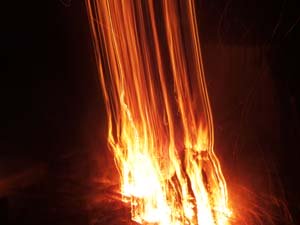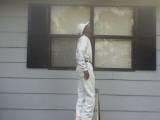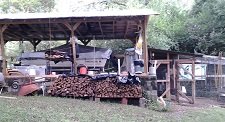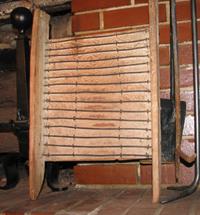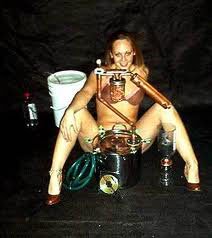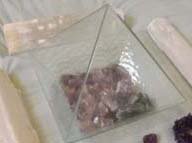How do Eskimos bathe in winter
When do they go into the water?
Eskimos call it muk’ee, and it is their traditional method of bathing. In a land where water is locked up in ice for the eight frozen months of the year, the people had to develop a system for bathing that required very little water.
Steam baths! The steam bath gets you cleaner than a shower, and provides an opportunity for socializing as well.
It is a small, two-room building made of logs or lumber. The smaller of the rooms has a six foot ceilings and is for changing clothes and for cooling down after coming out of the bath. The larger room is the bath itself. The ceiling is very low, usually less than four feet, so you can only sit or lie down inside. A portion of the floor is cut out to make a recessed space that holds a woodstove just below floor level. Really nice steam baths have a plywood floor coated in marine paint, which cuts down considerably on one of our dreaded-but-common problems, the BOB (boil on butt).
The traditional muk’ee is gender segregated, as this is a naked activity. The men steam together, usually first, and crank the woodstove as hot as it can get. The temperature in the bath may exceed 150 degrees F. A mark of Eskimo “machismo” is how hot you can take your steam.
The Eskimo muk’ee is very different from the Native American sweat lodge, though both involve an intense heat source in a small space and lots of sweating. The sweat lodge is a spiritual experience, while the muk’ee is a purely social one.
When the woodstove is literally rocking from the violent forces of combustion within, and the stove pipe glows red hot nearly to the ceiling, the steam bath gets hot beyond all belief. Conversation stops.
Everyone gets flat on the floor as the person hosting the steam bath pours ladles of water over the woodstove, instantly creating billows of steam. Though it is hotter with the steam, it is also easier to breathe. Sweat is rolling from every pore, and your skin is tingling all over, but especially the part facing the woodstove. By this point I am usually prone with my face to the wall, trying not to let my exhaled breath touch my skin anywhere—it burns when it does.
When you feel that you just can’t take the heat for another second, you may ask for the door to be opened. You slip out quickly, before too much heat is lost, and sit down in the dressing room to cool off and drink water. Loss of body fluids from sweating can be extreme, and dehydration headaches several hours after a steam bath are not unusual if the person hasn’t been replacing fluids adequately.
The sign that you’ve had a really hot steam is when you come out with “muk’ee skin”—a lacy pattern of redness known medically as reticularis livedo. In people who take steam infrequently, it is a temporary skin change that resolves in a few hours; but over a lifetime of frequent exposure, it becomes a permanent pigmentation pattern.
When the woodstove cools, each person brings in soap, shampoo, and a basin for water. After sweating oneself clean from the inside out, it is a small matter to “wash up,” and only requires about a gallon of water per person. And you feel so incredibly clean!
The Eskimos believe our method of bathing, taking a shower or a tub bath, is only doing half the job. I have to agree; I’ve never felt cleaner than after taking steam. And it is followed by such a great night’s sleep.
One of the most memorable steams I can recall occurred on New Year’s Eve of Y2K (remember that?). I did not believe that the world would fall apart at midnight, but I wanted to be somewhere peaceful if it did. The following is what I wrote the day after:
Steaming in the New Year, full story..
(((your inner voice.com)))
Related links:









